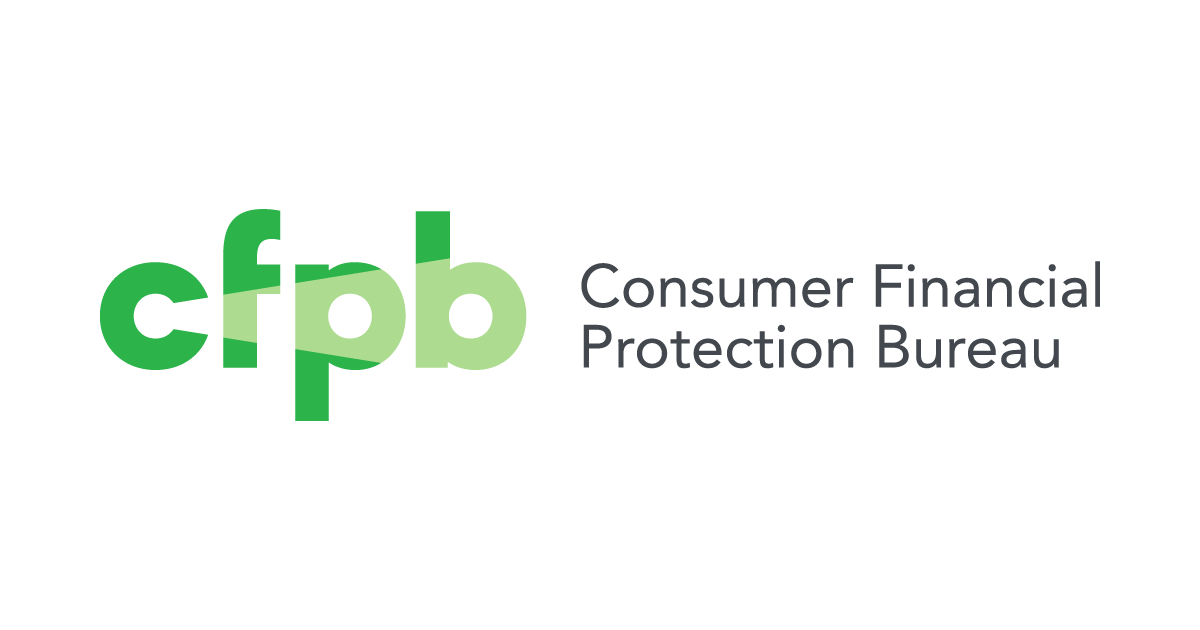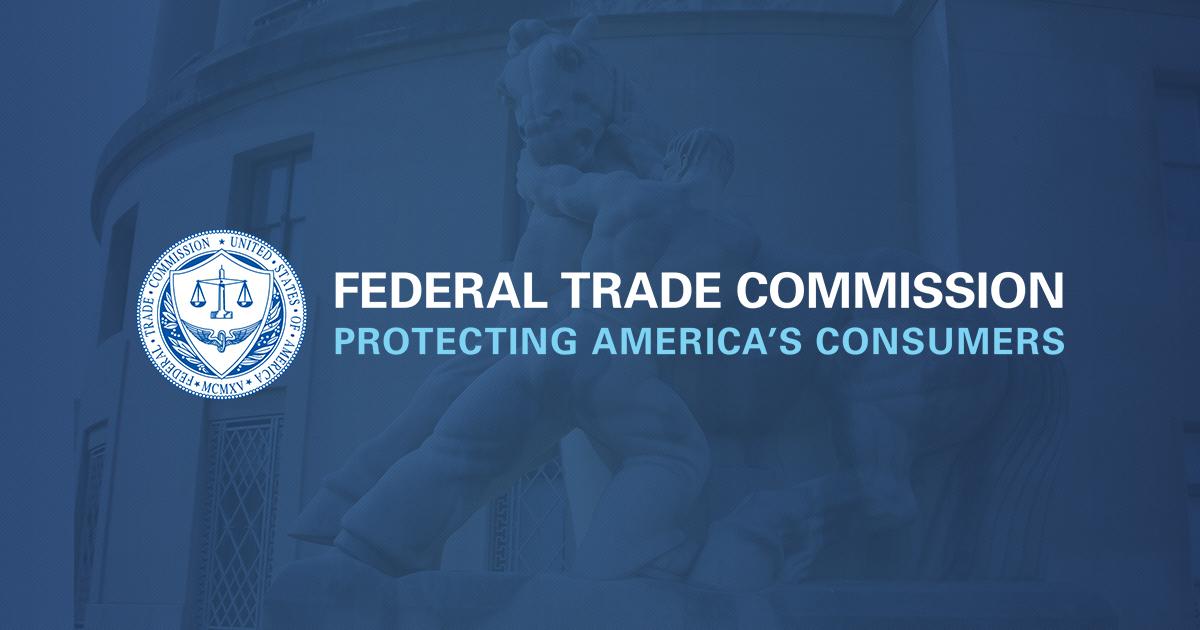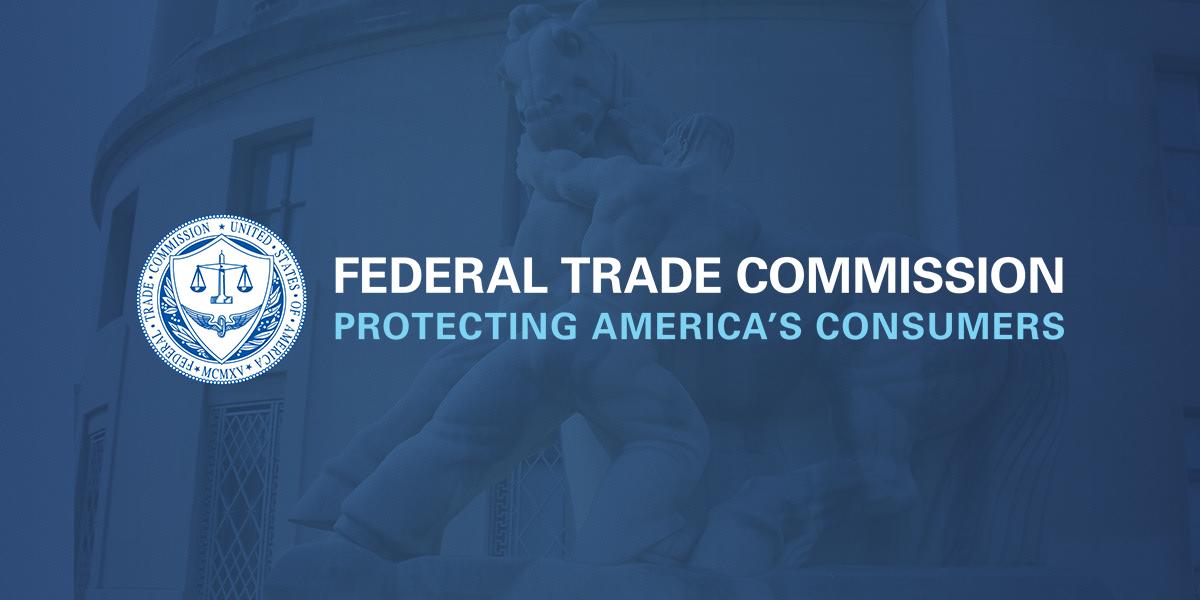Rule Brings New Oversight to Rapidly Growing Market Affecting Tens of Millions of Consumers
WASHINGTON, D.C. – The Consumer Financial Protection Bureau (CFPB) issued a rule today that allows the Bureau to supervise certain nonbank student loan servicers for the first time. The rule brings new oversight to the nation’s second largest consumer debt market – student loans – which have seen a rise in borrower delinquency in recent years.
“Student loan borrowers should be able to rest assured that when they make a payment toward their loans, the company that takes their money is playing by the rules,” said CFPB Director Richard Cordray. “This rule brings new oversight to those large student loan servicers that touch tens of millions of borrowers.”
More than 40 million Americans with student debt depend on student loan servicers to serve as their primary point of contact about their loans. Student loan servicers’ duties typically include managing borrowers’ accounts, processing monthly payments, and communicating directly with borrowers. When facing unemployment or other financial hardship, borrowers contact student loan servicers in order to enroll in alternative repayment plans, obtain deferments or forbearances, or request a modification of loan terms.
A servicer is often different than the lender itself, and a borrower typically has no control or choice over which company services a loan. When problems arise because of servicing concerns, student loan borrowers may end up in trouble. They may miss a payment, owe more money because of additional interest on principal, or face future difficulties with credit because of a poor payment history.
The Bureau currently oversees student loan servicing at the largest banks. Today’s rule expands that supervision to any nonbank student loan servicer that handles more than one million borrower accounts, regardless of whether they service federal or private loans. Under the rule, those servicers will be considered “larger participants,” and the Bureau may oversee their activity to ensure they are complying with federal consumer financial laws. To coincide with this new authority, the Bureau has also updated its Supervisory and Examination Manual to provide guidance on how the Bureau will monitor bank and nonbank servicers of private and federal student loans.
Under today’s final rule, which was proposed in March, the Bureau estimates that it will have authority to supervise the seven largest student loan servicers. Combined, those seven service the loans of more than 49 million borrower accounts, representing most of the activity in the student loan servicing market.
Many student loan servicers perform their functions well. But the recent annual report by the Bureau’s Student Loan Ombudsman identified a broad range of concerns voiced by student loan borrowers in complaints to the CFPB. Borrowers submitted complaints to the Bureau highlighting:
- Prepayment Stumbling Blocks: Since options to refinance high-rate private student loans are limited, many consumers attempt to pay off their loans in order to reduce the amount of interest owed over the life of the loan. But many consumers express confusion about how to pay off their loans early. For example, borrowers complained that servicers applied their payments in excess of the amount due across all their loans, not to the highest-interest rate loan that they would prefer to pay off first.
- Partial Payment Snags: When borrowers have multiple loans with one servicer and are unable to pay their bill in full, many servicers instruct borrowers to make whatever payment they can afford. Many complaints described how servicers often divide up the partial payment and apply it evenly across all of the loans in their account. This maximizes the late fees charged to the consumer, and it can exacerbate the negative credit impact of a single late payment.
- Servicing Transfer Surprises: When borrowers’ loans are transferred between servicers, borrowers say they experience lost paperwork, processing errors that result in late fees, and interruptions of routine communication, such as billing statements. Consumers complained that payment-processing policies can vary depending on the servicer. And, consumers said when they make decisions on the previous servicer’s practices, they can get penalized.
Through supervision, the CFPB will be better able to evaluate the extent and scope of problems consumers face when dealing with larger nonbank student loan servicers. The student loan market has grown rapidly in the last decade and is now facing the stress of increasing numbers of borrowers who are struggling to stay current on their loans. This rule gives the Bureau visibility into the complete cycle of private student loan debt, from origination through servicing to debt collection and credit reporting.
The Bureau will ensure that bank and nonbank student loan servicers are playing by the same rules. The Bureau already has supervisory authority over other nonbanks such as mortgage originators and servicers, payday lenders, larger debt collectors, larger consumer reporting agencies, and private student loan originators. Nonbank student loan servicers, regardless of size, continue to be subject to the Bureau’s enforcement jurisdiction. Servicers who are not considered “larger participants” may still be subject to the Bureau’s supervisory authority if the Bureau has reasonable cause to determine the servicer poses risk to consumers.
Federal student loan programs comprise more than 85 percent of the total volume of outstanding student loans. These loans are serviced by private financial institutions who must comply with Federal consumer financial laws. The CFPB will continue to coordinate closely with the U.S. Department of Education, which now directly originates the vast majority of federal student loans in accordance with the program requirements in the Higher Education Act.
Earlier this year, the CFPB announced that outstanding student debt totals approximately $1.2 trillion. The Bureau also estimates that 7 million student loan borrowers are now in default on their debt. In May, the CFPB published a report on Student Loan Affordability that discussed the potential impacts of high student debt burdens on consumers when it comes to homeownership, retirement security, entrepreneurship, and career choice, as well as potential options for policymakers.
Today’s rule also follows from CFPB efforts on a number of fronts to help make the student loan market work better for consumers. Student loan borrowers can use Repay Student Debt, an interactive web tool designed to help consumers navigate their repayment options, or they can use Ask CFPB to find answers to common questions, like whether to refinance a student loan. The CFPB recently issued a consumer advisory, including sample instructions to a servicer telling them to always direct any extra payments toward the highest-rate loan, saving consumers the most money. Last week, the CFPB asked borrowers to share their experiences about the processing of their student loan payments and asked several servicers to voluntarily provide information about their policies.
Borrowers that have trouble with their servicers can submit a complaint. For more information, visit: https://www.consumerfinance.gov/students/.
A copy of the rule is available here: https://files.consumerfinance.gov/f/201312_cfpb_student-servicing-rule.pdf
A factsheet on the student loan servicing rule is available here: https://files.consumerfinance.gov/f/201312_cfpb_factsheet_student-servicing-rule.pdf
To coincide with this new authority, the Bureau has also updated its Supervisory and Examination Manual to provide guidance on how the Bureau will monitor bank and nonbank servicers of private and federal student loans.
Official news published at https://www.consumerfinance.gov/about-us/newsroom/cfpb-to-oversee-nonbank-student-loan-servicers/
Images courtesy of PixaBay



